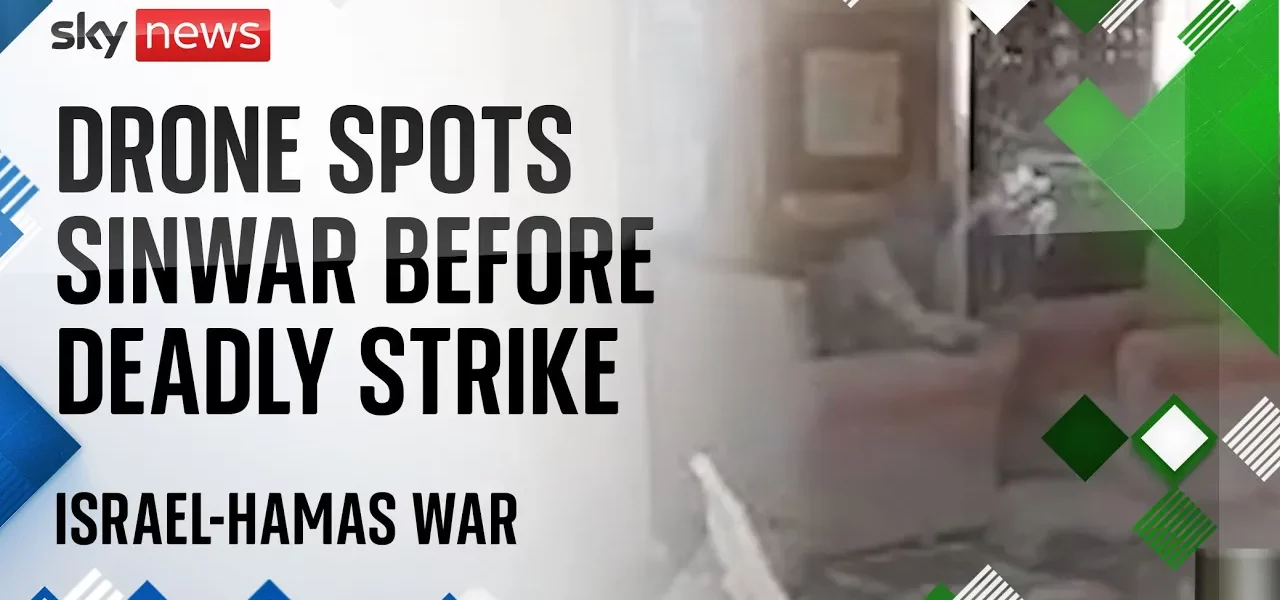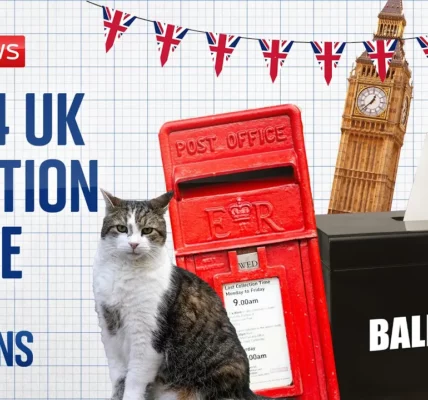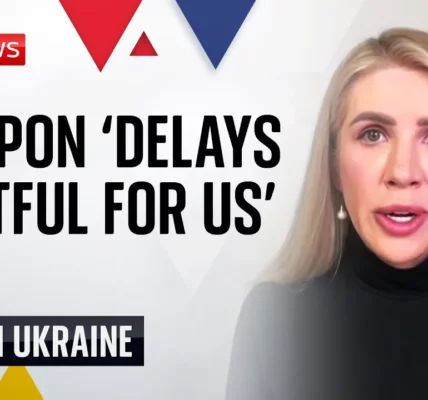The Death of Hamas Leader Yaya Simar: Implications and Reactions

This article delves into the recent death of Hamas leader Yaya Simar, the surrounding circumstances, and the myriad responses from Israel, Iran, and other stakeholders. The event marks a pivotal moment in the Israel-Palestine conflict, potentially reshaping future dynamics in the region.
Introduction
On the frontlines of the enduring Israel-Palestine conflict, the death of Hamas leader Yaya Simar has resonated with profound implications. Israeli forces have released footage that they claim captures the moments leading up to Simar’s demise, which they assert occurred during a tank assault on his fortified position. This incident has sparked varied reactions from different factions involved, including Hamas and Iran, and has raised questions about the future of resistance movements in the region.
Context of the Incident
The backdrop of Simar’s death is steeped in decades of conflict, marked by cycles of violence and negotiation. Understanding the significance of this event requires a closer look at the following elements:
The Role of Hamas in the Conflict
Hamas, recognized as a militant organization and governing authority in Gaza, has been at the forefront of resistance against Israeli occupation. The leadership of figures like Yaya Simar has been pivotal in strategizing military and political actions against Israel.
Israeli Military Operations
The Israeli military’s recent operations have intensified, with the stated objective of dismantling Hamas’s leadership structure. The use of drone footage and tank artillery exemplifies the tactical approach taken in this conflict.
International Reactions
- Iran’s Response: Iran has condemned the killing, asserting that Simar’s legacy will continue to inspire resistance movements not just within Palestine, but across the broader Middle Eastern landscape.
- U.S. Position: American officials are urging Israel to capitalize on this moment to seek peace and stability in Gaza, emphasizing the need for a diplomatic resolution.
Reactions from Hamas and Iran
In the wake of Simar’s death, Hamas has issued a statement reaffirming the resolve of its fighters. This section explores the nuances of their response:
Hamas’s Statement
Hamas confirmed Simar’s death and emphasized that his sacrifice would continue to fuel the resistance. They declared:
“We affirm that this blood will continue to light our way and constitute an incentive for more steadfastness and perseverance.”
Iran’s Perspective
The Iranian Foreign Minister tweeted an image of Simar, framing it as a symbol of resistance rather than defeat. This highlights Iran’s strategic interest in supporting Palestinian movements as part of its broader geopolitical objectives in the region.
The Future of the Conflict
The death of Yaya Simar has provoked discussions about the future trajectory of the Israel-Palestine conflict. Key considerations include:
Potential for Escalation
Israeli commanders have indicated no intention of withdrawing from their military objectives. The possibility of further escalation remains high, depending on Hamas’s response to Simar’s death.
Calls for Peace
Simar’s death has also opened a dialogue about peace. Notably, there are calls for Israel to leverage this moment for a ceasefire and to engage in discussions aimed at a lasting resolution.
Impact on Future Resistance
- Strengthening of Resistance Movements: The narrative surrounding Simar’s martyrdom may invigorate resistance efforts.
- Reassessment of Strategies: Both Hamas and other militant groups may need to reassess their strategic approaches in light of this loss.
- International Diplomacy: Peace efforts may gain renewed urgency as stakeholders reassess their positions.
Conclusion
The death of Hamas leader Yaya Simar stands as a significant turning point in the ongoing Israel-Palestine conflict. While Israeli forces celebrate this military achievement, the broader implications for peace and stability in the region remain uncertain. As various factions react and strategize, the international community watches closely, hoping for a pathway toward resolution amidst the turmoil. Read more about the ongoing conflict here.
“`




